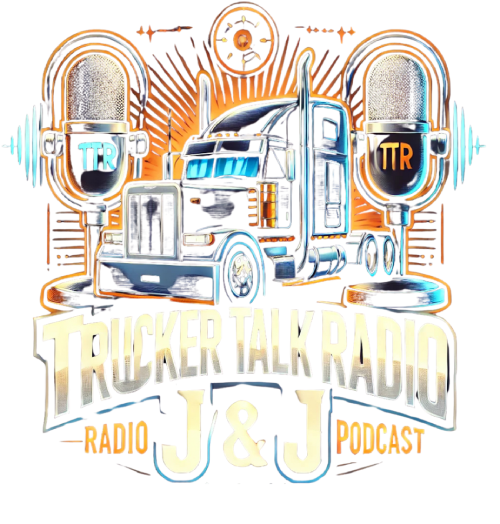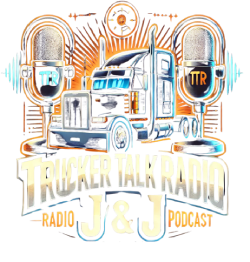In the world of commercial trucking, managing profit margins is crucial due to fluctuating fuel prices, increasing tire costs, and the immediate impact of unexpected repairs on cash flow. Insurance premiums can also be unpredictable. However, underwriters utilize specific variables to determine rates for commercial auto liability and related coverages. By monitoring these variables, managers can mitigate risks, enhance performance, and ultimately see their premiums decrease.
Factors Insurers Analyze Before Quoting
Insurers begin with a base rate set at the state level and adjust it based on various predictive factors. Fleets that keep track of these elements can demonstrate risk reduction well ahead of renewal time.
Key metrics that fleets should monitor include:
- Loss History: Frequency and size of claims can significantly affect premiums; five years without claims can lead to substantial discounts.
- Vehicle Class: Different types of vehicles have varying potential for damage in accidents.
- Operating Territory: Risk levels vary by location, with urban areas generally posing higher risks.
- Driver Records: A clean driving record can offset higher premiums, while violations raise costs.
- Maintenance Scores: Well-maintained vehicles help minimize unexpected breakdown costs.
- Regulatory Compliance: A solid public record suggests good operational practices and can lead to credits from underwriters.
Five Key Strategies for Lowering Premiums
Documenting improvements and making them visible can lead to lower insurance costs. Here’s a targeted approach for quick wins:
1. Utilize Telematics for Driver Training
Telematics systems should be reviewed regularly to analyze driving behavior. Celebrate weekly improvements, which can lead to reductions in premiums over time.
2. Streamline Maintenance Records
A cloud-based system that archives work orders and inspection records proves due diligence and can positively influence underwriting decisions.
3. Match Newer Trucks with Skilled Drivers
Combining modern safety technology in newer trucks with experienced drivers helps reduce collision severity and, in turn, insurance costs.
4. Consolidate Insurance Policies
Bundling multiple coverages under one insurer can save money, and those savings may be partially passed back to clients in the form of discounts.
5. Start Early with Renewals
Engaging underwriters early allows for discussions on loss control and strengthens trust, facilitating more accurate pricing.
Leveraging Compliance for Negotiation Advantage
A pristine compliance record enhances operational credibility and opens doors for discretionary credits from underwriters. Implement a reminder system for critical regulatory tasks to maintain a flawless public record.
Crafting a Convincing Renewal Presentation
Underwriters appreciate clear narratives supported by solid data. Present a concise safety report, showcasing improvements in key metrics, and include visuals to reinforce your case. This holistic approach can improve trust and flexibility in pricing.
Implementation Timeline
Execute a strategic timeline as follows:
- Q1: Start coaching and audit records.
- Q2: Shift equipment and gather quotes.
- Q3: Collect loss runs and submit documentation early.
- Q4: Finalize coverage and set goals for the next cycle.
Conclusion
While insurance comes at a cost, systematic tracking of key metrics and clear communication with underwriters can transform liability expenses into manageable figures. Partnering with the right insurance advisor, like GIA Group, LLC, empowers fleets to stabilize their costs and maintain operational funding amid market volatility.


